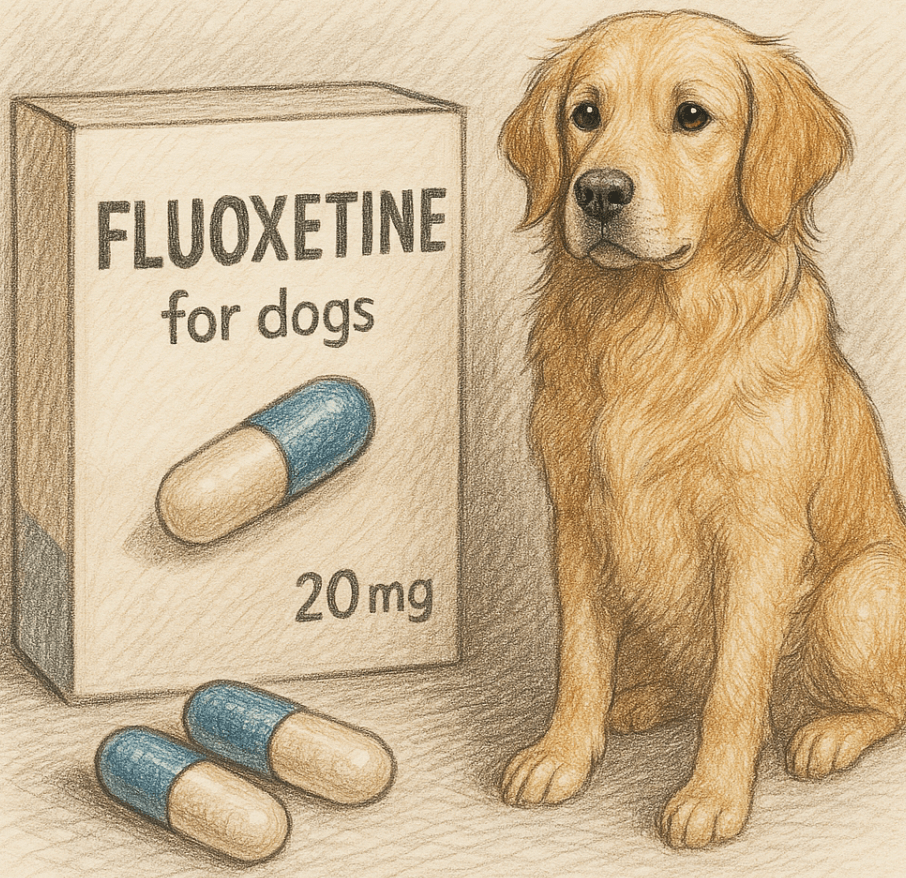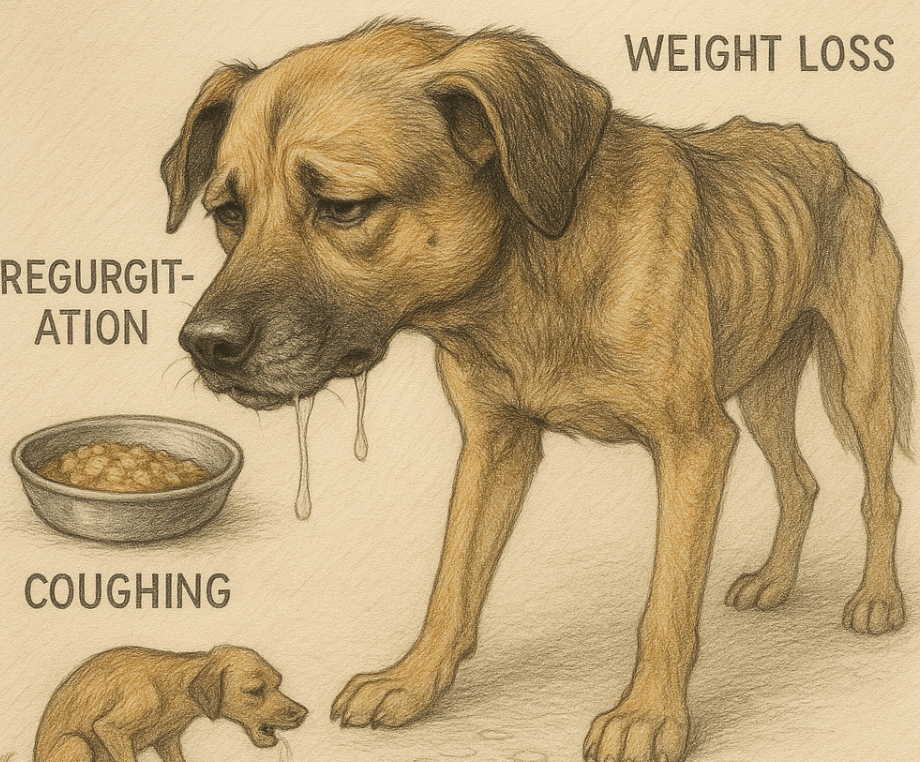How to Play with Your Dog: Strengthening the Bond Through Fun and Games
Playing with your dog is more than just a way to pass the time—it’s an essential part of their physical, mental, and emotional well-being. Whether you’re tossing a ball in the backyard or engaging in a game of tug-of-war, playtime strengthens the bond between you and your furry friend while keeping them healthy and happy. But how do you make the most of these moments? From choosing the right activities to understanding your dog’s preferences, this blog post will guide you through everything you need to know about playing with your dog. By the end, you’ll have plenty of ideas to keep your pup entertained, exercised, and engaged—all while deepening your connection.
Top Ways to Play with Your Dog
There are countless ways to play with your dog, each offering unique benefits for their physical and mental health. Here are some popular and effective options to try:
Fetch:
A classic game that gets your dog running, jumping, and burning off energy—perfect for active breeds.Tug-of-War:
This interactive game builds strength and reinforces obedience when played with rules like “drop it.”Hide-and-Seek:
Hide treats or toys around the house or yard to stimulate your dog’s natural hunting instincts.Interactive Toys:
Puzzle feeders and treat-dispensing toys challenge your dog’s problem-solving skills and keep them entertained.Agility Training:
Set up a mini obstacle course with cones, tunnels, or jumps to engage both their body and mind.
Each of these activities not only provides exercise but also strengthens the bond you share with your dog. Mix and match to keep things fresh and exciting!
Tips for Making Playtime Safe and Enjoyable
While playtime is fun, safety should always come first. Here are some tips to ensure your dog’s play sessions are both enjoyable and risk-free:
Choose Age-Appropriate Activities:
Puppies and senior dogs may need gentler games compared to young, energetic adults.Inspect Toys Regularly:
Check for tears, loose parts, or small pieces that could pose a choking hazard.Avoid Overexertion:
Watch for signs of fatigue, such as heavy panting or slowing down, and give your dog breaks as needed.Teach Boundaries Early:
Use commands like “drop it” or “gentle” to prevent rough play from escalating into biting or aggression.Stay Hydrated:
Always have fresh water available, especially during intense or outdoor play sessions.
By prioritizing safety, you can ensure that playtime remains a positive experience for your dog—and for you.
Check this guide 👉Playful Dog Breeds: Best 7 Expert Tips!
Check this guide 👉How Long Should a Dog Wait to Play After Eating? Best 7 Tips
Check this guide 👉How to Wash Dog Toys: 7 Tips for a Clean & Safe Playtime!

Activity Type | Benefits for Your Dog |
|---|---|
Fetch | Improves cardiovascular health and stamina |
Tug-of-War | Builds jaw strength and reinforces commands |
Hide-and-Seek | Stimulates problem-solving and scent work |
Interactive Toys | Reduces boredom and encourages mental focus |
Agility Training | Enhances coordination and physical fitness |
Understanding Your Dog’s Play Preferences
Every dog is unique, and understanding their individual preferences can make playtime even more rewarding. Here’s how to tailor activities to suit your dog’s personality:
Observe Their Energy Levels:
High-energy dogs thrive on activities like fetch or agility, while calmer dogs may prefer gentle games or puzzles.Watch for Favorite Toys:
Some dogs love squeaky toys, while others prefer soft plushies or chew-resistant rubber options.Notice Social Preferences:
Dogs who enjoy interacting with other dogs might benefit from trips to the dog park, while more introverted pups may prefer one-on-one play.Pay Attention to Breed Traits:
Herding breeds often excel at tasks requiring focus, while retrievers naturally gravitate toward fetching games.Experiment with New Activities:
Introduce a variety of games to discover what excites your dog the most.
By tuning into your dog’s preferences, you can create personalized play experiences that bring out their happiest, healthiest self.
Signs Your Dog Is Having Fun During Playtime
It’s important to recognize whether your dog is truly enjoying themselves during play. Here are signs that your dog is having a blast:
Wagging Tail:
A wagging tail is a universal sign of happiness and excitement in dogs.Play Bow:
When your dog lowers their front legs and raises their hindquarters, it’s an invitation to continue playing.Relaxed Body Language:
Loose movements and a soft gaze indicate comfort and enjoyment.Vocalizations Like Barks or Whines:
These sounds often signal enthusiasm and eagerness to engage.Eager Participation:
If your dog keeps coming back for more, it’s clear they’re loving the activity.
When you see these signs, you’ll know you’ve hit the sweet spot of fun and fulfillment for your furry companion.
Benefits of Regular Playtime for Your Dog
Regular playtime is essential for your dog’s overall health and happiness. Beyond just physical exercise, it provides numerous benefits that contribute to their well-being. Here’s how playtime positively impacts your dog:
Improves Physical Fitness:
Active play helps maintain a healthy weight, strengthens muscles, and boosts cardiovascular health.Enhances Mental Stimulation:
Games that challenge your dog’s problem-solving skills prevent boredom and reduce destructive behaviors.Strengthens the Human-Dog Bond:
Shared activities foster trust, communication, and a deeper emotional connection between you and your pup.Reduces Stress and Anxiety:
Playtime releases endorphins, which help your dog feel calmer and more content.Encourages Good Behavior:
A tired dog is often a well-behaved dog, as play helps channel excess energy into positive outlets.
By incorporating regular play into your dog’s routine, you’re investing in their long-term health and happiness while creating joyful moments together.
How to Incorporate Play into a Busy Schedule
Life can get hectic, but even busy pet owners can find ways to prioritize playtime with their dogs. Here are some practical tips to fit play into your daily routine:
Use Short Sessions:
Even 10-15 minutes of focused play can be enough to tire out your dog and strengthen your bond.Combine Activities:
Pair playtime with other tasks, like practicing obedience commands during a quick game of fetch.Involve Family Members:
Delegate play sessions to other household members if you’re short on time.Make Use of Walks:
Incorporate games like “find it” or agility exercises during your daily walks for added fun.Leverage Interactive Toys:
Leave puzzle toys or treat-dispensing balls for your dog to enjoy while you’re busy with other tasks.
With a little creativity, you can ensure your dog gets the playtime they need—even on the busiest days.
Signs Your Dog Needs More Playtime
If your dog isn’t getting enough play, they may exhibit certain behaviors or signs of restlessness. Here’s how to recognize when your dog needs more engagement:
Excessive Chewing or Digging:
Boredom often leads to destructive habits as dogs seek entertainment.Hyperactivity Indoors:
If your dog seems overly energetic or restless at home, they likely need an outlet for their energy.Demanding Attention:
Constant barking, pawing, or following you around can indicate a desire for interaction.Lack of Focus During Training:
A dog that struggles to concentrate may benefit from more mental stimulation through play.Weight Gain or Lethargy:
Reduced activity levels could signal a need for more physical exercise and play.
By addressing these signs with increased playtime, you can improve your dog’s behavior, mood, and overall quality of life.
Frequently Asked Questions About Playing with Your Dog
How long should I play with my dog each day?
Aim for at least 30 minutes to 2 hours of playtime daily, depending on your dog’s age, breed, and energy level.
What if my dog doesn’t like traditional games?
Experiment with alternative activities like scent work, swimming, or interactive toys to find something they enjoy.
Can older dogs still play?
Absolutely! Just adjust the intensity and duration of play to accommodate their physical limitations.
Is it okay to play tug-of-war with my dog?
Yes, as long as you establish rules like “drop it” to prevent possessiveness or aggression.
What if my dog gets too excited during play?
Take breaks, use calming commands, and avoid overstimulating games if your dog becomes overly rambunctious.
Final Thoughts: The Joy of Playing with Your Dog
Playing with your dog is one of the simplest yet most rewarding ways to nurture your relationship and ensure their well-being. From high-energy games like fetch to mentally stimulating puzzles, there’s no shortage of ways to keep your pup happy and engaged. By understanding their preferences, prioritizing safety, and tailoring activities to their needs, you’ll create countless cherished memories together. Remember, playtime isn’t just about physical exercise—it’s about connection, trust, and shared joy. So grab a toy, head outside, or cozy up indoors, and let the fun begin!
Fluoxetine for Dogs: Best 7 Expert Tips! Discover expert advice on using fluoxetine safely, managing side effects, and improving your dog’s mental health effectively.
Megaesophagus in Dogs: Best 7 Expert Tips! Discover expert advice on symptoms, management, and care to improve your dog's quality of life with this challenging condition.
Giant Schnauzer Dog: Best 7 Expert Tips! Discover expert advice on training, grooming, and living with this intelligent, loyal breed for a happy and well-behaved companion.
Dog Jerky Recipe: Best 7 Expert Tips! Discover easy, healthy, and safe homemade dog jerky ideas with expert advice on ingredients, preparation, and storage for your pup's delight.





